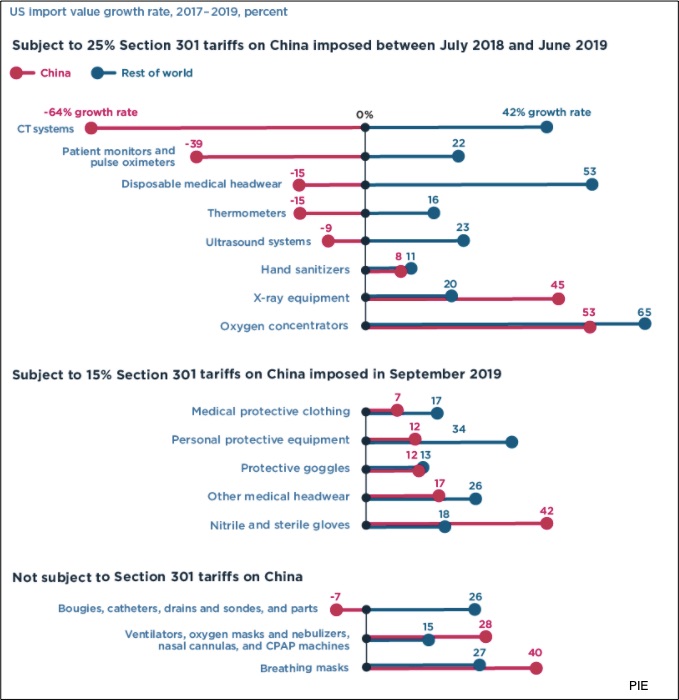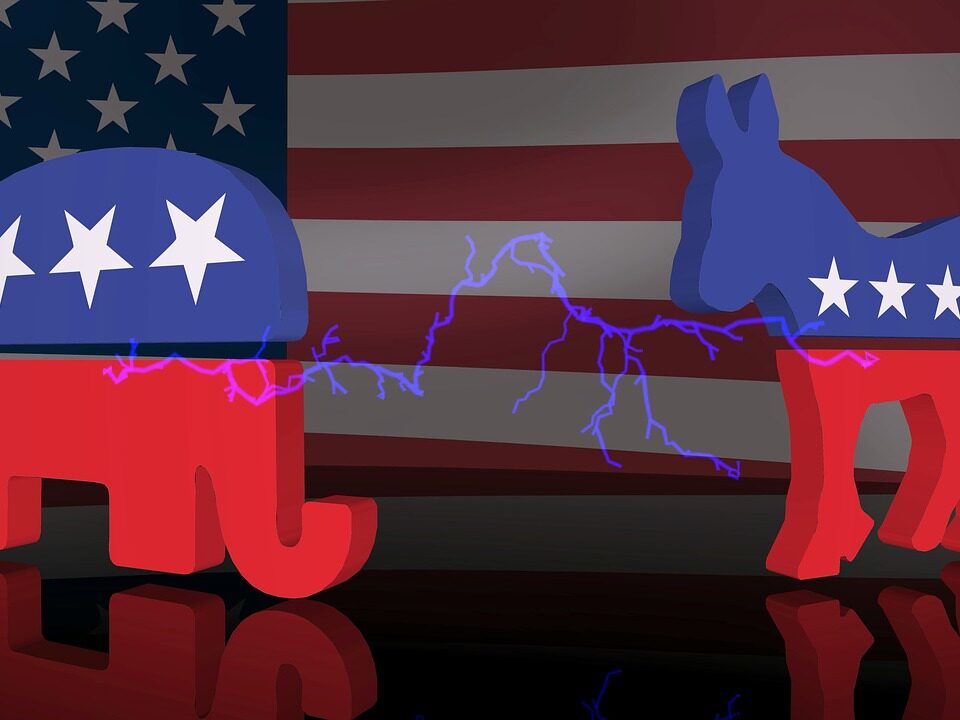
The Impact of Export Curbs on Medical Equipment
March 29, 2020
The Problem With Cheap Oil
March 31, 2020Tariffs create new incentives that encourage producers and buyers to look elsewhere.
But when those tariffs are levied on medical products and a pandemic hits, the results can be catastrophic.
Medical Product Shortages
Trump administration tariffs affected $5 billion of the medical goods we got from China and 26 percent of all medical goods imports. As markets for certain items responded to new incentives, the cost of replacing them grew.
In procurement departments, the tariff upheaval diverted resources from more productive destinations. If they kept on buying from China it would cost more. However, finding alternative suppliers was also expensive. It required new regulatory approvals and the uncertainty that the alternative source would also have a tariff slapped on it.
Furthermore, even before COVID-19, our demand for medical inventory grew by more than 20 percent. And still, what we were buying from China went down by 16 percent. Although we offset the decrease with a 23 percent import increase from other countries, more specifically, it depended on the product and the tariff rate.
Below, we can compare the impact of a 25 percent, 15 percent, and no tariffs on medical products that range from simple protective gear to sophisticated equipment:
Now though, because of COVID-19, the tariff impact is more devastating. The tactic that was supposed to rein in China’s trade tactics has also affected our masks, gowns, gloves and higher tech equipment inventories. Recognizing the impact, the Trump administration announced a temporary tariff reduction for certain items and exclusions for others.
Our Bottom Line: Unintended Consequences
Along with quotas and subsidies, tariffs are trade barriers. Quotas create a maximum number of items that can enter a country while subsidies targeting domestic producers make their items cheaper and more attractive than items made elsewhere. Then, in yesterday’s post, we looked at the barriers created by export curbs for medical products.
Most barriers are supposed to protect business at home. Instead though, as we see with COVID-19, the one predictable impact of a trade barrier is its unintended consequences.
My sources and more: The weekly Trade Talks podcast alerted me to the impact of past tariffs on current shortages. It took me to a Chad Bown PIIE paper and to WSJ for tariff exclusions.
![econlifelogotrademarkedwebsitelogo[1]](/wp-content/uploads/2024/05/econlifelogotrademarkedwebsitelogo1.png#100878)





